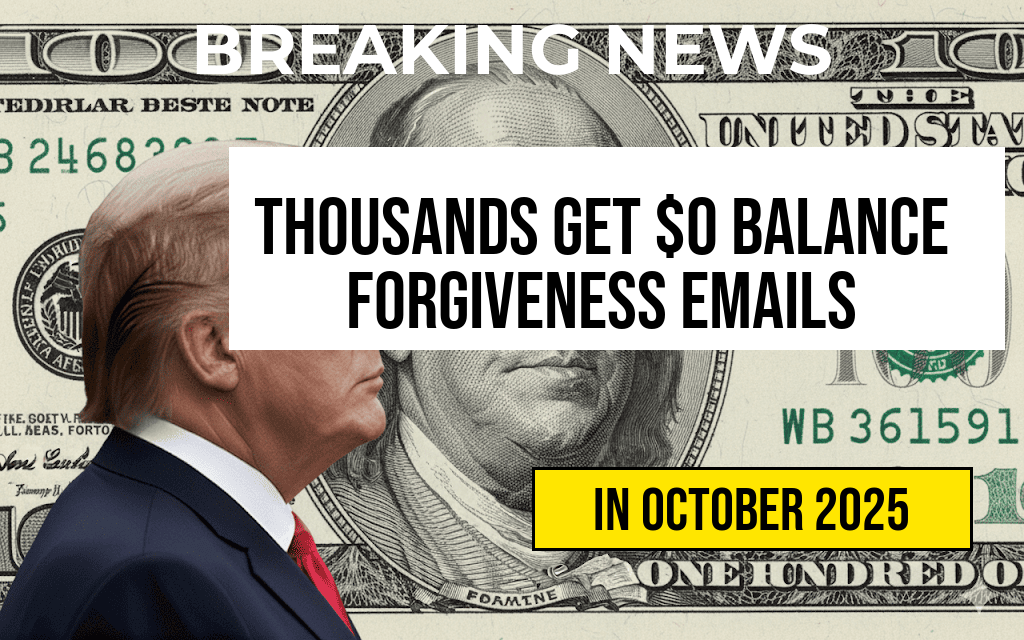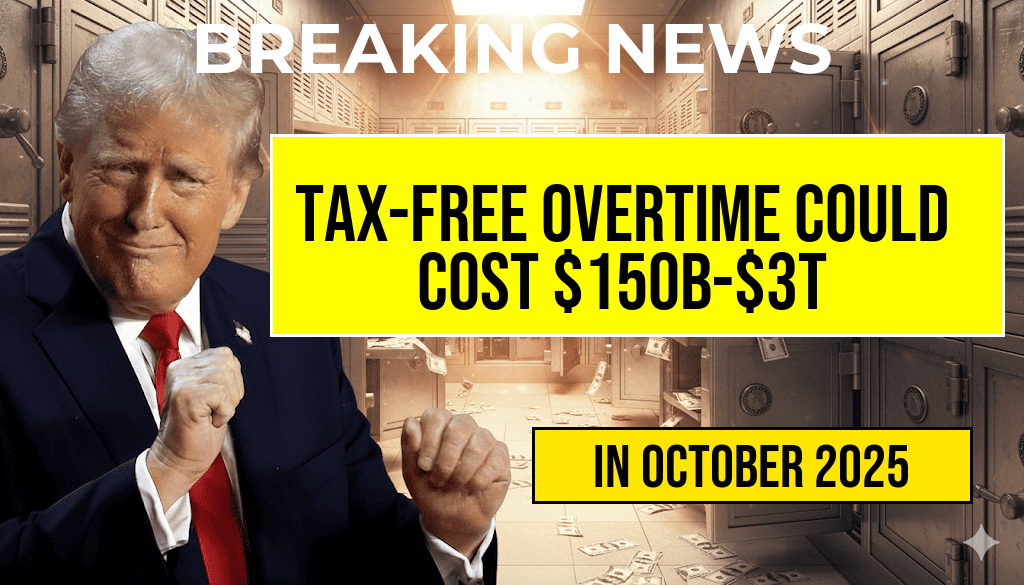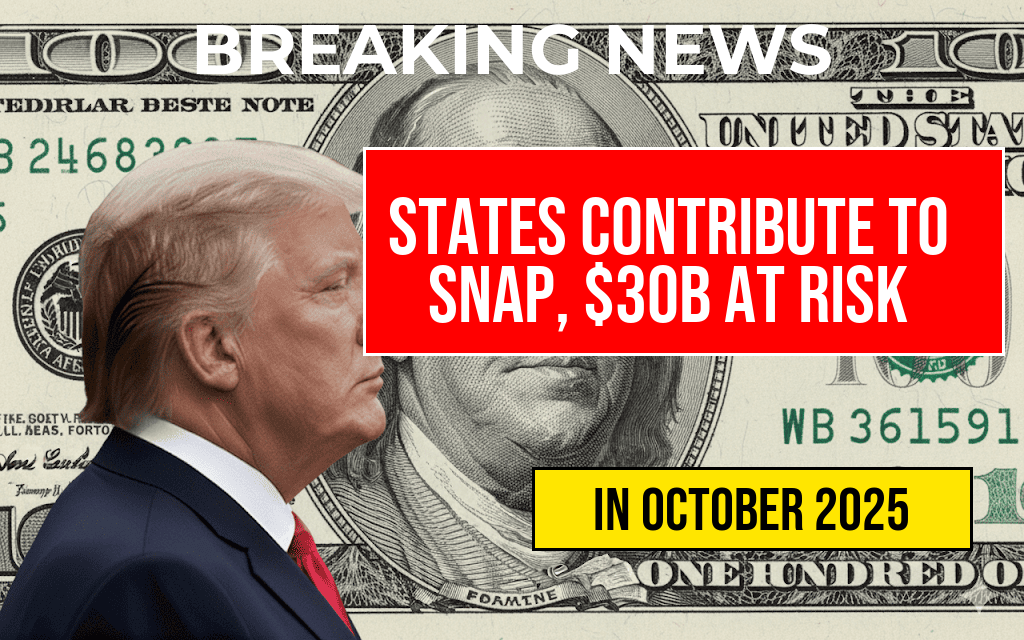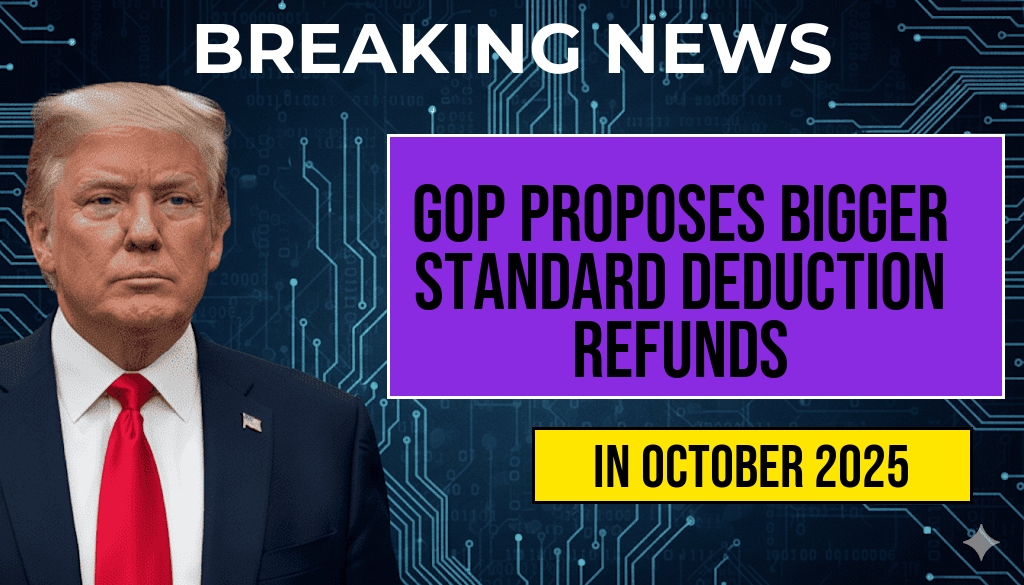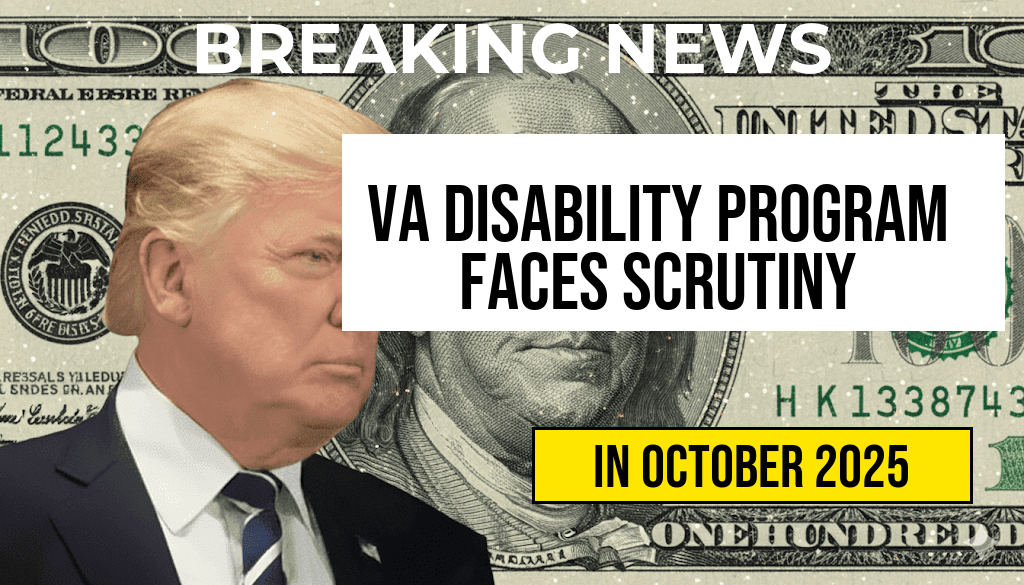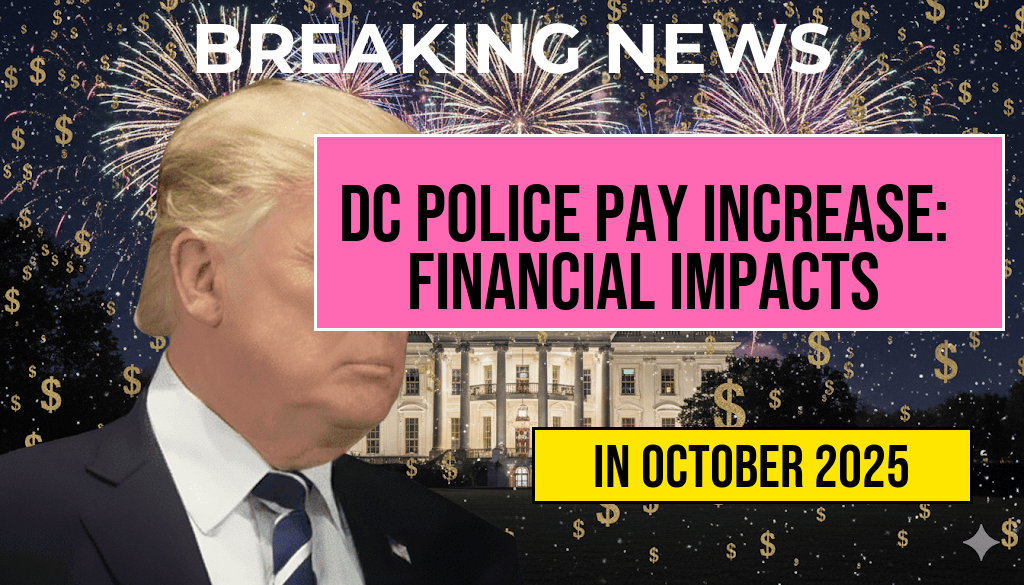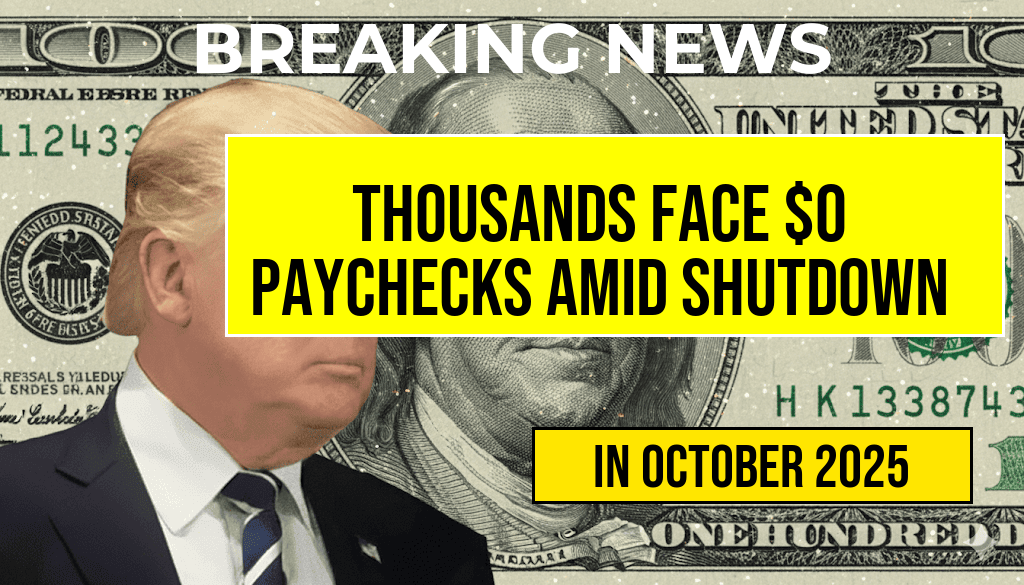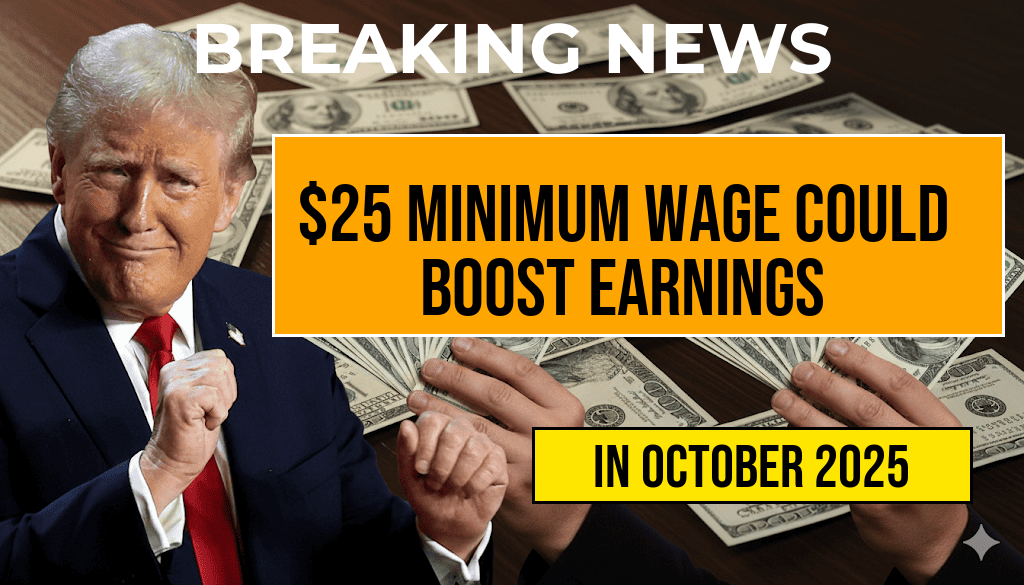Recent discussions surrounding the potential implementation of a tax-free overtime policy have raised significant concerns about the financial implications this could have on both the federal budget and individual workers’ take-home pay. Estimates suggest that such a policy could cost anywhere from $150 billion to $3 trillion over the next decade. As lawmakers contemplate this radical shift in labor compensation, understanding its potential impact on workers, businesses, and government revenue becomes increasingly critical. Advocates argue that eliminating taxes on overtime would incentivize longer working hours and improve workers’ financial situations, while critics warn of the potential for economic disruption and increased budget deficits.
Understanding Tax-Free Overtime
Tax-free overtime refers to a proposal where earnings made from overtime work would not be subjected to federal income tax. This concept aims to enhance take-home pay for employees who work beyond the standard 40-hour workweek. Current tax regulations impose income taxes on all earnings, including overtime pay, which can significantly reduce the financial benefit of those extra hours worked. The motivation behind this proposal stems from the desire to alleviate financial strain on workers and incentivize higher productivity.
Financial Impact on Workers
For many workers, tax-free overtime could lead to a substantial increase in disposable income. Here’s how:
- Increased Take-Home Pay: With the removal of taxes on overtime, employees would see a direct increase in their earnings from additional hours worked.
- Encouragement of Overtime Work: The prospect of higher earnings could motivate employees to take on more hours, potentially leading to greater job satisfaction and productivity.
- Broader Economic Benefits: Increased disposable income could stimulate consumer spending, benefiting local economies and businesses.
Estimating the Financial Cost
The proposed cost of implementing tax-free overtime is staggering. A report from the Forbes estimates that the financial burden on the federal government could range significantly based on various economic factors, including the number of workers who choose to work overtime and the overall economic climate.
| Scenario | Estimated Cost (10 years) |
|---|---|
| Low Participation Rate | $150 Billion |
| Moderate Participation Rate | $800 Billion |
| High Participation Rate | $3 Trillion |
Potential Consequences for Employers
Businesses could face significant adjustments to their financial models if tax-free overtime is enacted. The implications may include:
- Increased Labor Costs: Companies may need to adjust their compensation structures or offer more overtime opportunities to retain employees.
- Administrative Changes: Employers might need to invest in new payroll systems to accommodate the changes in tax withholding calculations.
- Workforce Management: Companies could experience shifts in workforce dynamics as employees opt for overtime to maximize earnings.
The Broader Economic Debate
Critics of the tax-free overtime proposal warn that such a policy could exacerbate the federal deficit, leading to potential cuts in essential services or increased borrowing. Economists also caution that incentivizing longer work hours may not necessarily translate to improved productivity or job satisfaction in all sectors. The debate continues as stakeholders from various sectors voice their opinions on the potential benefits and drawbacks of this policy shift.
Conclusion
The discussion surrounding tax-free overtime is indicative of larger conversations about labor compensation, taxation, and economic sustainability. As lawmakers explore the feasibility of this policy, its implications for both individual workers and the economy at large will remain a focal point of analysis. Understanding the nuances of such a significant change is crucial for all parties involved, from employees looking to enhance their earnings to businesses navigating a shifting economic landscape.
Frequently Asked Questions
What is the potential cost of a tax-free overtime policy?
The potential cost of a tax-free overtime policy is estimated to range from $150 billion to $3 trillion over a specified period, depending on various factors such as the number of employees eligible and the overall economic impact.
How would a tax-free overtime policy affect my take-home pay?
A tax-free overtime policy could significantly increase your take-home pay by allowing you to keep more of your earnings from overtime work, as you would not have to pay taxes on those additional earnings.
Who would benefit the most from a tax-free overtime initiative?
Workers who regularly work overtime hours, especially in industries with high demand for labor, would benefit the most from a tax-free overtime initiative, as they would see a direct increase in their disposable income.
Are there any potential downsides to implementing tax-free overtime?
Yes, potential downsides include the possibility of increased labor costs for employers, which could lead to job cuts or reduced hiring rates. Additionally, the overall economic implications could affect government revenue and public services.
How is the estimated cost of tax-free overtime determined?
The estimated cost of a tax-free overtime policy is determined by analyzing factors such as current wage levels, the frequency of overtime work among employees, and projected changes in consumer spending and economic growth.



